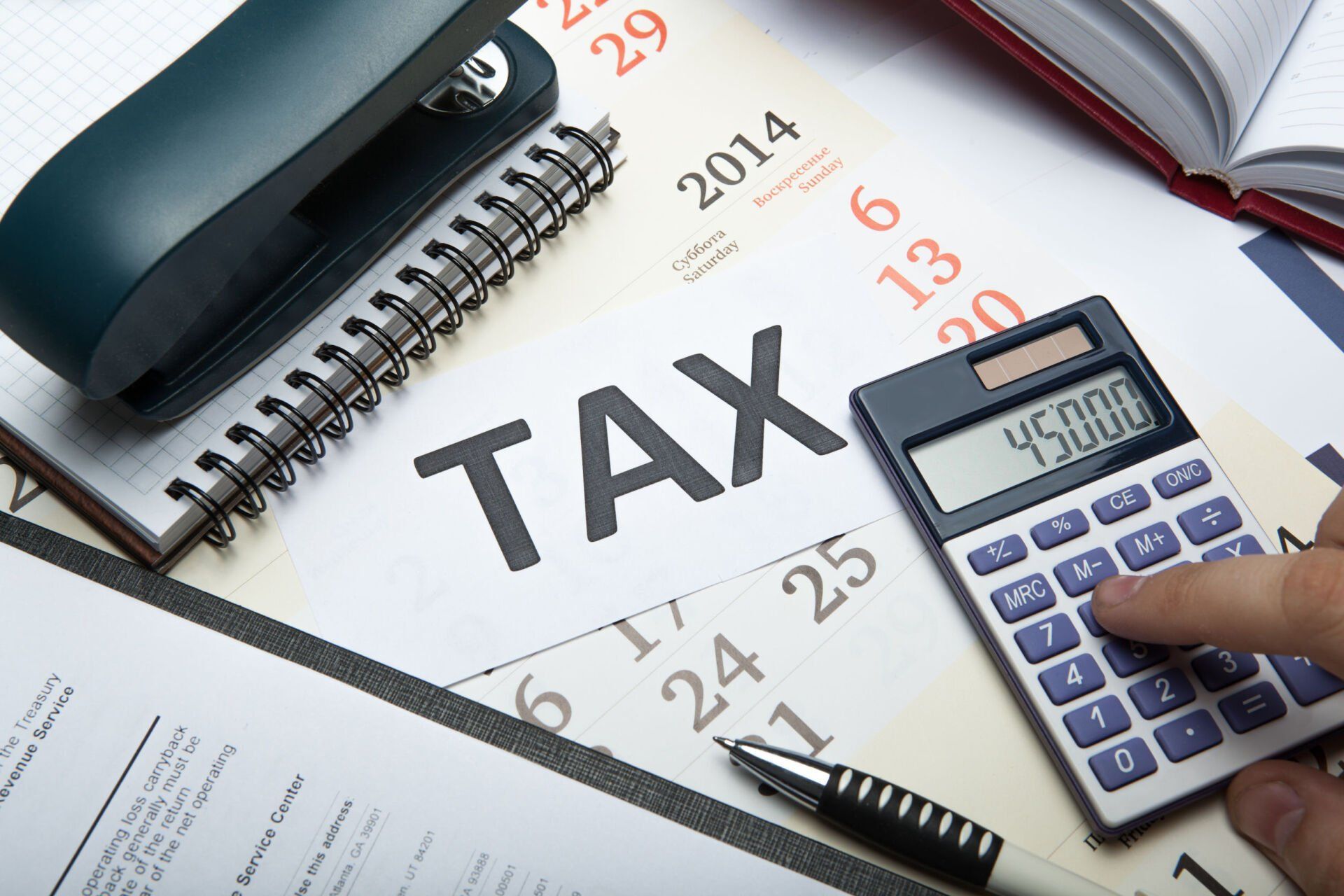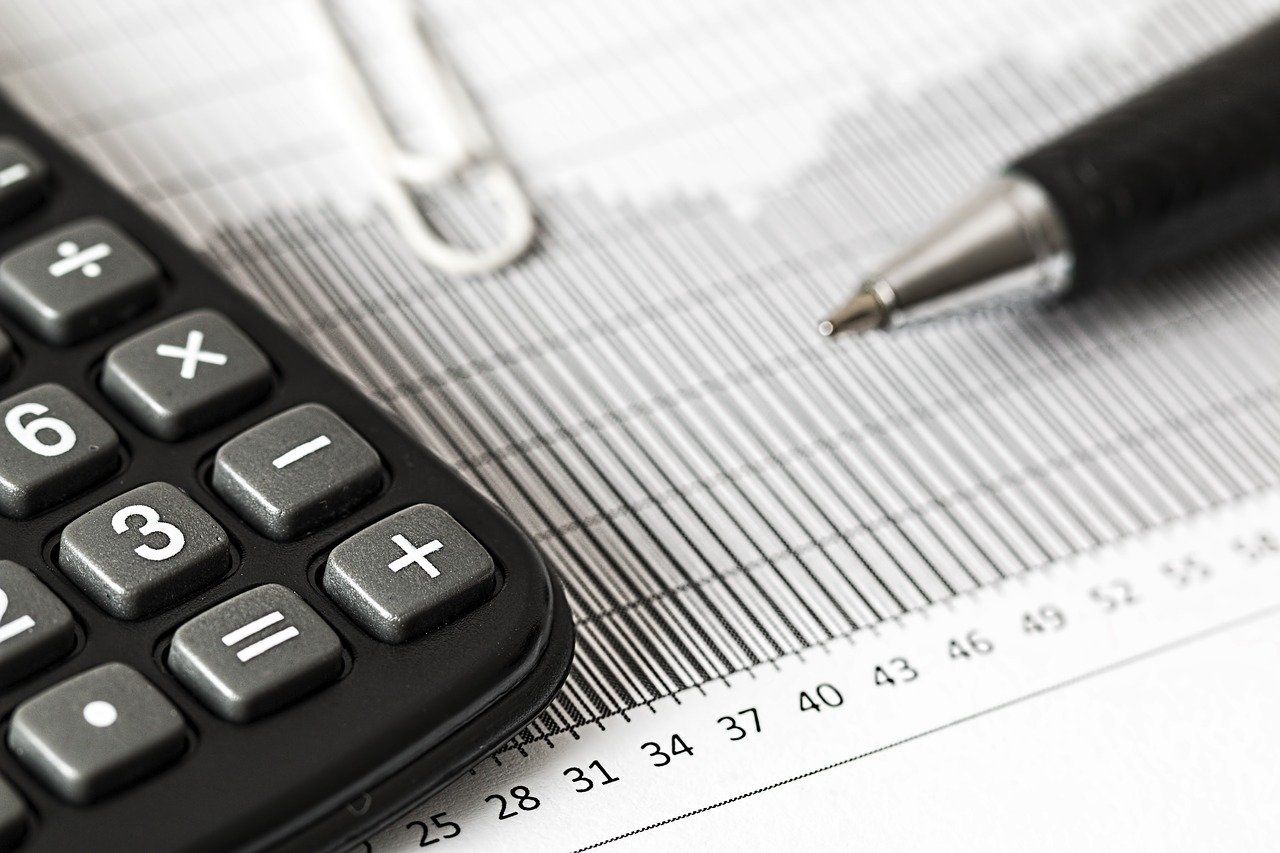Should I see an Accountant to manage my tax return? (Updated 2020)

Are you debating between seeing an accountant or filing your own tax return? We explain the benefits of seeing a qualified accountant.
Benefits of Seeing an Accountant for Your Tax Returns
A Professional Accountant Can Save Your Time
Tax codes and formalities can be quite complicated to understand and process. With the help of a professional accountant, you will be completely relieved from the hassles of filing your tax. Getting a tax agent is convenient, the whole affair becomes easier and you don’t have to get caught up in complexities of the financial software. Your qualified accountant will take on the job of preparing and lodging your return.
Reliable Advice You Can Trust
While it can be much cheaper to lodge your own tax return online an accountant will often identify additional areas for extra deductions which can increase your refund and make valuable tax saving suggestions that an online program cannot. A qualified accountant is dedicated to their profession and understanding how the Australian tax laws and tax systems operate. They will not only help you process your refund smoothly but they can guide well on how to plan the year ahead and can answer your questions all year round. The value of this advice can easily exceed the additional cost of consulting with a professional. For example, an accountant can provide you advice on subjects concerning you such as:
- Business planning
- Tax-friendly ways to save on your child’s education
- Reduce taxes on capital gains
- Negative gearing
You can claim this back next year as an expense
Expenses relating to preparing and lodging your tax return from an accountant can be claimed as a deduction for expenses in managing your own tax affairs. At ND Accounting the lodgment fees can be paid directly from your return.
Greater tax return
Did you know that if you were to use a accountant for your return you would pay a small fee but receive a much greater return on your tax?
It’s true, professional tax accountants are in business for a reason.
What do I bring with me to complete return
To complete your return you will need the following:
- Your Tax File Number
- Group Certificates for all jobs
- Interest Statements (incl. bank interest)
- Information about any dividends
- Details about any other income
- Details of your deductions including work-related expenses or charitable donations
- A summary from any private health policies
- Some details about your spouse’s taxable income and taxes
At ND Accounting we make it easy to access a qualified accountant, with an option now to book online. Reserve your time here.
Recent Posts










